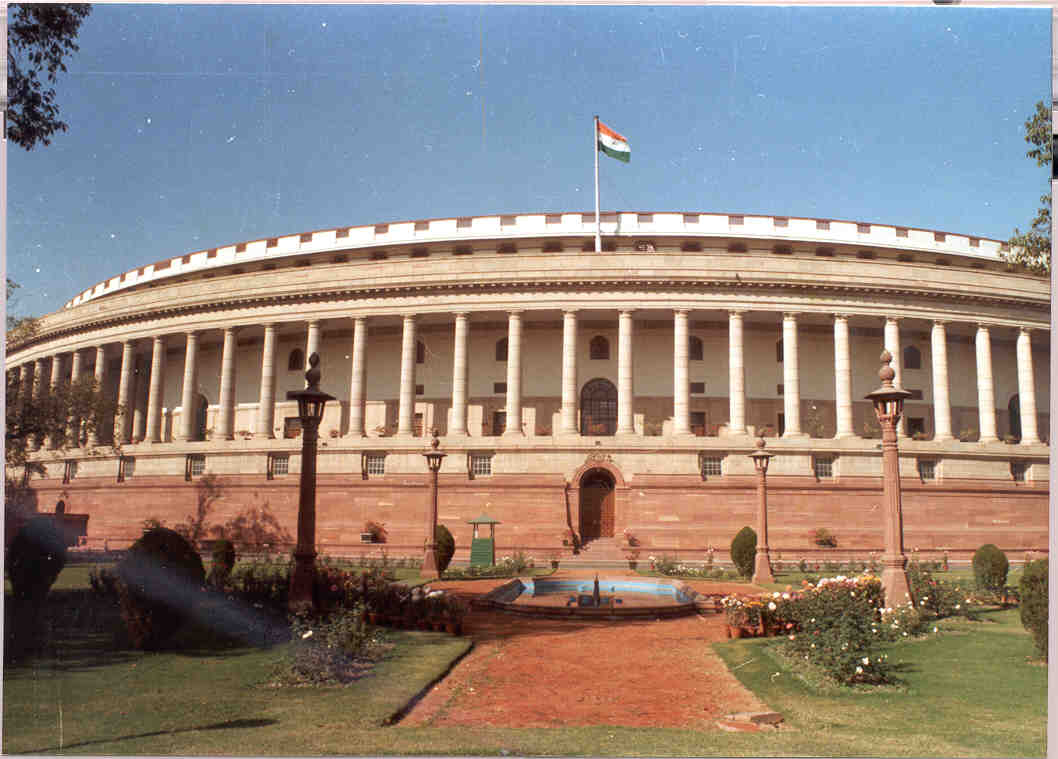Unlike the United States of America with its Presidential Executive and the Swiss Confederation with its Collegiate Executive, the Indian Constitution proposes a Parliamentary system of Government for India.
This is because of the British influence. The framers of the Constitution adopted the parliamentary form of Government because of our long association with Great Britain, the mother of Parliamentary System.
The earlier Constitutional Acts of the British Government like the Government of India Acts of 1919 and 1935 had already introduced a limited Parliamentary Government in India.
ADVERTISEMENTS:
Indian leaders who had been members of the Legislatures during the British rule had the experience of Parliamentary Government. Further, the Presidential form of Government was considered to be unsuitable for India as it might lead to establish dictatorship and authoritarian Government in our country.
The Parliamentary form of Government was considered to be more democratic and according to Dr. Ambedkar, “there is daily and periodic assessment of responsibility of the Government under the Parliamentary system”. Hence, the framers of the Constitution decided in favors of the Parliamentary system of Government in India.
The President and the Governors are the nominal Heads of the Central and State Governments respectively. The Prime Minister and the Chief Ministers are the real Executive Heads and are responsible and removable by their respective legislatures.
ADVERTISEMENTS:
It shall not be out of place to mention here that the Parliamentary form of the Government in India is not a complete imitation of the British type. Unlike the British Constitution it does not rest entirely on conventions. The Indian President is not hereditary like the British King or Queen.
He is also vested with some arbitrary powers like declaration of emergency. However, in spite of the differences there are more similarities between the British and Indian types of Parliamentary systems. The working of the constitution in India since 1950 has revealed that the President 1as acted as a nominal head of the State.

